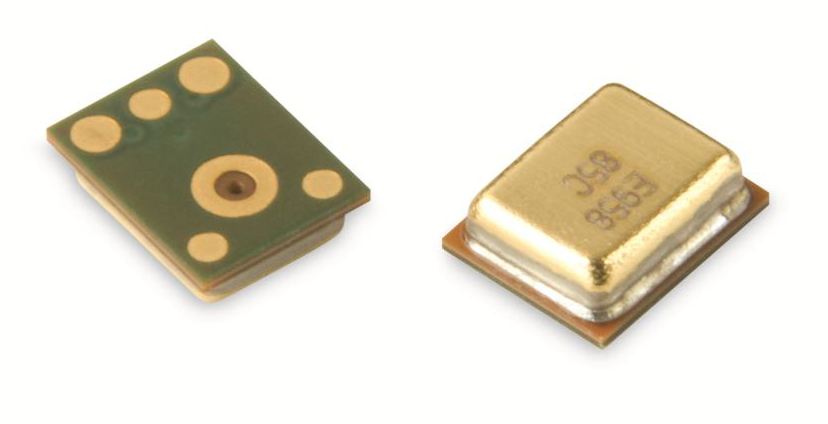
Amazon Alexa, which is also known simply as Alexa, is a virtual assistant that took the world by storm in 2014. According to its specs, it is ‘capable of voice interaction, music playback, making to-do lists, setting alarms, streaming podcasts, playing audiobooks, and providing weather, traffic, sports, and other real-time information, such as news.’

Who Makes the Microphones Used in Alexa?
While the functions and capabilities of these devices is important, the crucial ingredient is a good quality microphone.
The microphone used in the Amazon Alexa is a S1053 0090 V6 made by US company Knowles. Founded in 1946 by acoustical engineer, inventor, and manufacturer Hugh Knowles, the company initially made hearing aids. The company famously made the microphones used in the 1969 moon landing. They have since sold over 10 billion microphones.
Are they Dynamic or Condenser Microphones?
The microphones used to record your voice (which is then to be processed and analyzed, and “answered” by the voice assistant) are in almost all cases modern MEMS microphones, which are usually true condenser microphones.
Sometimes they are nothing but microphones, with the component having essentially an analog signal output, but more sophisticated devices use microphones with built-in analog-to-digital-conversion, meaning the microphone itself already has a digital output. This type of microphone very often has built-in processing capability, such as reacting to keywords and wake-up capability, where the whole device is shut off (therefore reducing power consumption) and only the microphone itself is constantly listening for a keyword. Only when that keyword/keyphrase is being recognized (e.g. “Hey Siri”, “ok Google”, “Alexa”) does the microphone turn on the rest of the device, which then analyzes the rest of the recording.
The Knowles SiSonic line is an example of such a modern MEMS microphone with digital output and built-in keyphrase recognition.
The term “dynamic” refers to the fact that some microphones use the electrodynamic principle, where a voltage is created when a conductive element is moved through a magnetic field. This voltage can be measured. Examples include the moving-coil microphone and the ribbon microphone (both are “dynamic microphones”)
The aforementioned MEMS microphones however are normally built as condenser microphones, meaning they use the electrostatic principle. In this design there is a capacitor which changes its capacity as one of the condenser plates moves towards/away from the other. This change in capacity can be measured. Examples are the true condenser microphone (where the condenser has to be charged/polarized via a supplied voltage) and the electret microphone (where the condenser is prepolarized via choice of appropriate materials.
Who provides the voice for Amazon Alexa?
The voice of Amazon Alexa isn’t credited to a specific person. Here’s the breakdown:
- Underlying Technology: Alexa’s voice is generated by a long short-term memory artificial neural network (LSTM ANN). This complex system analyzes vast amounts of audio data to learn the nuances of human speech and produce its own synthetic voice.
- Vocal Inspiration: While not officially confirmed, some reports suggest that the vocal style of Alexa was inspired by Nina Rolle, a voice actress known for her work in radio commercials. However, her voice wasn’t directly used.
In essence, Alexa’s voice is a product of advanced AI technology, trained on human speech but not directly derived from a single individual.
Popular Posts:
Stylophone Tabs
Banjo Tabs
Dulcimer Tabs
Kalimba Tabs
Mandolin Tabs
Hydrophones
